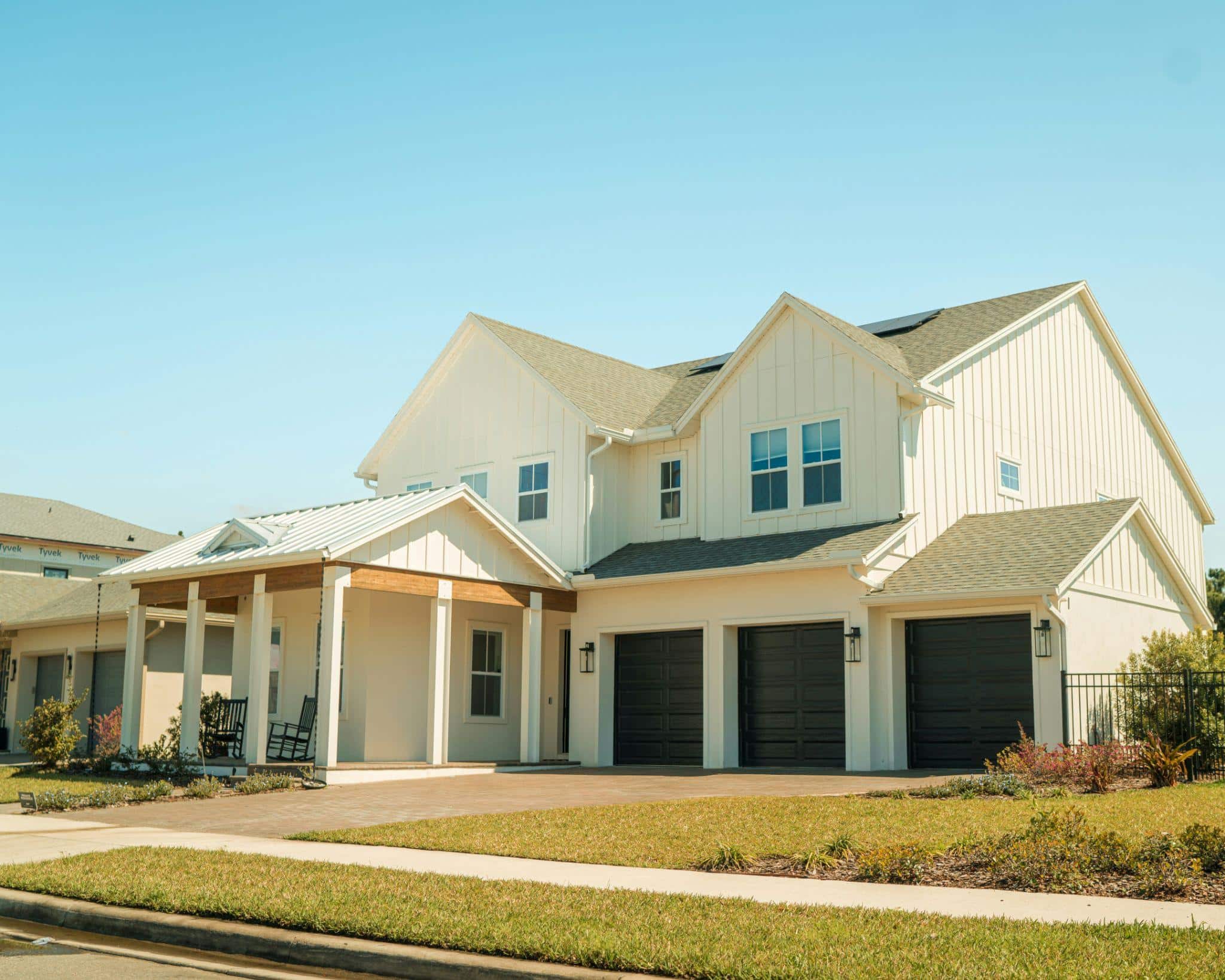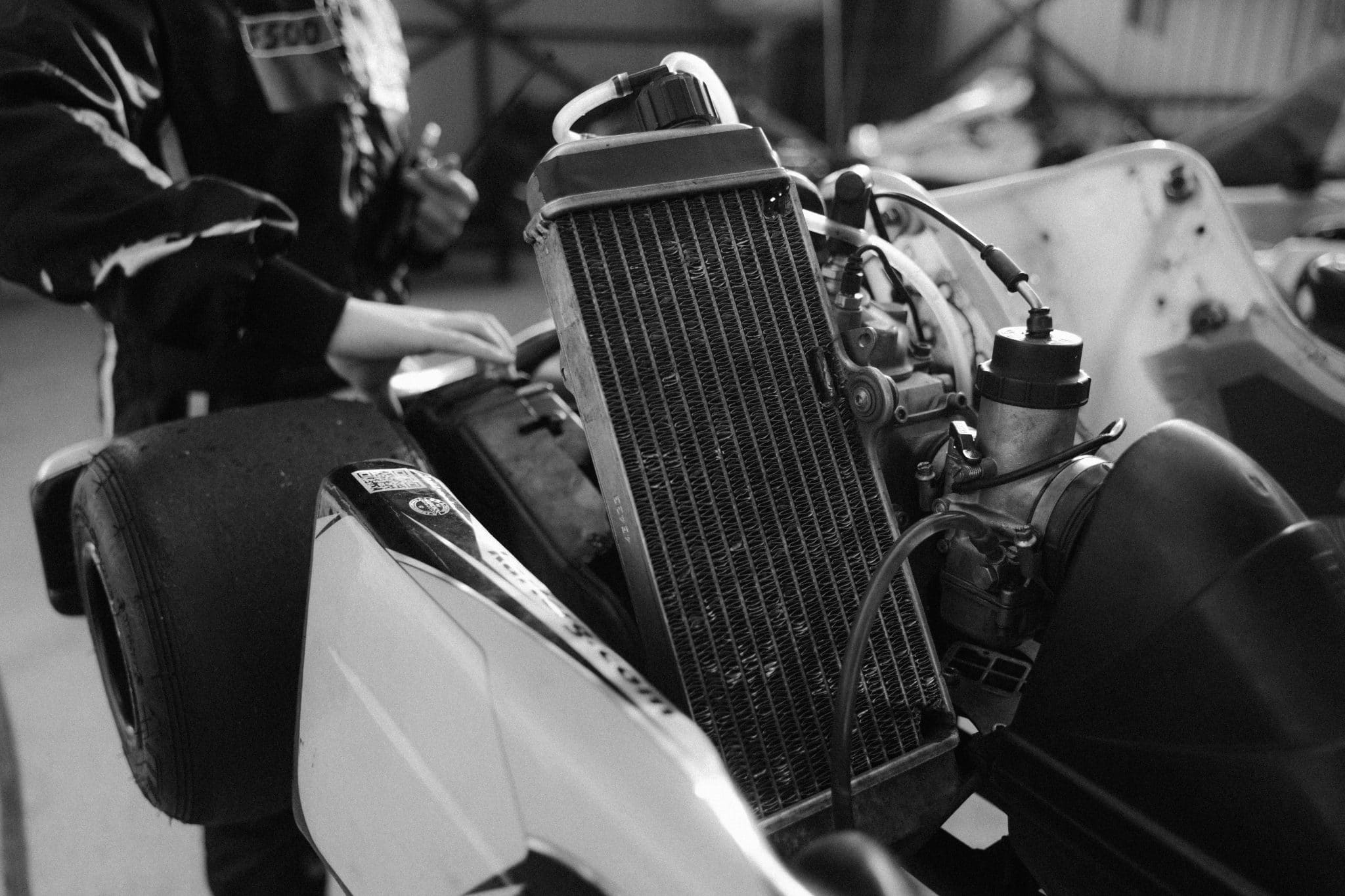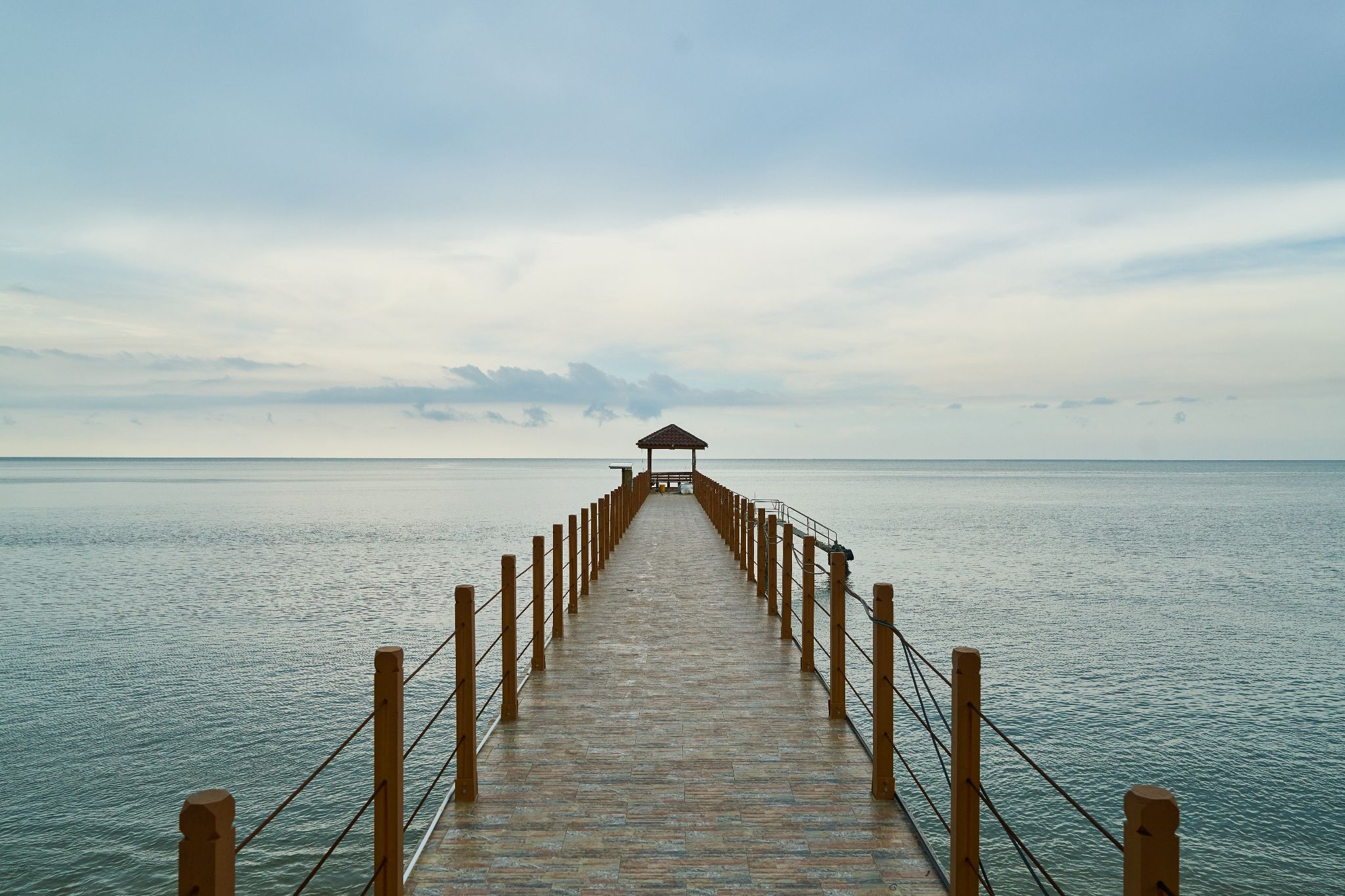Plumbing installations require planning, care, and best practice expertise. Whether you are a DIY fan or a professional plumber, errors will leave you with costly repair work, water leaks, and other issues.
Knowing typical errors can make your plumbing system efficient and last decades. Below are seven common mistakes people make while performing plumbing installations and how to avoid them.
Not Hiring a Professional
One of the most frequent blunders homeowners commit is venturing into intricate plumbing installations or fixes without the necessary experience. Homeowners may save a buck or two on do-it-yourself endeavors, but it can cause numerous costly repair issues if it goes wrong. The plumbing systems comprise fine tunnel networks of pipes, water pressure calculations, and local building codes that must be met.
If you don’t know, you can make mistakes like wrong sizes of the pipes, wrong fittings, or simply failing to lock an attachment, which leads to leaking low water pressure or even severe water damage.
Plumber mistakes can lead to serious safety issues, such as gas leaks in the water heaters, or sewer line backups. Hiring professional Tucson Plumbers guarantees the job is completed correctly, quickly, and within the law.
Ignoring Proper Slope in Drain Pipes
Water must drain off properly in any plumbing system. One of the most common mistakes is installing drains without adequately accounting for their slope. A drain line must have an incline for wastewater to flow correctly to a sewer or septic system.
Measuring and marking the proper gradient before installation guarantees optimum performance for the installed structure. Leveling and following code requirements help to ensure a few future snags and a well-functioning drainage system with longevity. Causing any alterations to the incorrect slope after installation would prove expensive and laborious.
Over-Tightening Pipe Fittings
Over-tightening creates many problems rather than one. Too much force in overtightening has many effects, such as cracking of the plastic fitting or weakening of metal pipes, and vice versa, resulting in future leaks or failures from the threads getting stripped. They must be tightly connected, but some balance must be considered to avoid damage.
Brass and galvanized fittings are the most susceptible to over-tightening. Deformed threads may not seal properly, allowing for a slow leak that worsens over time. Over-tightened fittings may complicate future maintenance, with the added effort needed to remove or replace some components.
The fittings should be taken up to a snug fit with no exertion and then a quarter turn. The best way is to apply pipe dope or Teflon tape to the fittings so all connections can hold water without much effort.
Neglecting to Turn Off the Water Supply
Most people think they can do the quick fix with no need to shut off the water, only to be left dealing with some bad leaks beyond their control. Not locating and turning off the main water supply or the specific shutoff valves before working on the plumbing components adds extra risks.
Even a slight loss of water pressure in the system can bring significant costs, especially when causing a mess or damage. Some homeowners do not even know where their shutoff valve is. The water should permanently be shut off before any plumbing work to help eliminate accidents and reduce potential damage. You can also verify whether the supply is turned off by turning on any other faucets nearby, which will relieve pipes of any residual pressure.
Skipping a Pressure Test
After installing new pipes or fittings, the pressure test is essential for a leak inspection. Many skip this, believing that their connections are solid, but even the slightest leaks will create a mess when allowed to go for a long time and increase billing from the utilities. Pressure testing involves sealing the system for a period, introducing controlled air or water pressure, and monitoring for leaks.
Doing a pressure test after every installation of some plumbing provides further assurance that all joints are well-secured and functional. Extra testing will provide the assurance needed to find trouble before it breaks out.
Improper Drain Venting
This is one mistake that occurs from time to time. The background venting in a plumbing system creates a smooth wastewater flow and prevents sewer gases from entering a house. One common mistake is the lack of vent piping or incorrect vent placement, causing slow drainage, gurgling sounds, and odors.
The poorly vented drain line creates a negative pressure that may pull water from P-traps to stop sewer gases from entering a house. When the drain is not well-vented, sewer lines cannot function; they back into sinks or tubs, creating an inefficient and unsanitary system.
Complying with the local plumbing codes in vent pipe location and dimensioning is thus necessary. Air Admittance Valves (AAV) are installed where traditional venting is not feasible. Proper venting optimizes performance within the entire system, thus preventing long-term problems.
Incorrectly Positioning P-Traps
P-traps are used to stop sewer gases from escaping into your house. They have a curved section that holds a small amount of water. Malfunctions arise due to poor installation, resulting in leaks, foul odors, and no drainage.
Most P-traps are either installed too low or too far off from the fixture they drain. If the P-trap is too far from the drain, wastewater might not pass properly, causing clogging or slow drainage in a worst-case scenario.
A poorly done installation may also allow sewage gases to leak out, creating an unhealthy environment. The P-trap should be set directly under the drain outlet and at the correct height. Use the right materials and connect everything appropriately so there will not be any leaks and the drainage will work properly.
Endnote
Avoid these common plumbing mistakes to save valuable time, money, and spirit. Proper planning, adhering strictly to the building codes, and using the right materials guarantee a sustainable and reliable plumbing system. If it is done wisely and slowly, or if a professional is involved in the work if necessary, there will be fewer repairs to bear in mind and a greater cost in due course.








